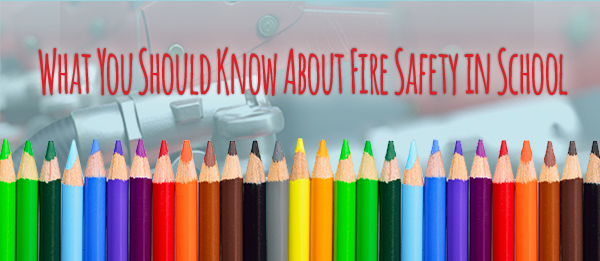School Safety Tips
School Safety Tips
In 2007-2011, U.S. fire departments responded to an estimated average of 5,690 structure fires in educational properties, annually. These fires caused an annual average of 85 civilian fire injuries and $92 million in direct property damage.

Safety tips
- Fire drills must be held at least once a month while school is in session. (Schools located in climates where weather is severe have the option of deferring monthly drills).
- Principals, teachers or other school staff must inspect all exits daily to ensure that stairways, doors and other exits are working properly and are unblocked. Teachers, officials and staff should be familiar with the school's fire protection system, including the location of fire alarm pull stations and sprinklers.
- On the day of the drill, the emergency drill alarm should be sounded on the school fire alarm system. Make sure that everyone can recognize the sound of the alarm and knows what to do when it sounds.
- Every room in the school should have a map posted identifying two ways out. In schools with open floor plans, exit paths should be obvious and kept free of obstruction.
- On the day of the fire drill, everyone in the school should participate.
- Students with specific needs should be assigned an adult or a student buddy to assist them. Fire drills are a good opportunity to identify who among the student population requires extra assistance.
- While it's important to make sure that students leave the building as quickly as possible, order is more important than speed when it comes to conducting a safe fire drill.
- Once everyone has safely exited the building, they should remain outside at a predetermined location until the 'all clear' has been given to reenter the school.Use rosters to ensure that every student is accounted for.
- Fire drills should be held both at expected and at unexpected times, and under varying conditions in order to simulate the conditions that can occur in an actual emergency.
- School fire drills are a model for students to use in their homes. Encourage students to practice their escape plans at home--just as they do at school.
